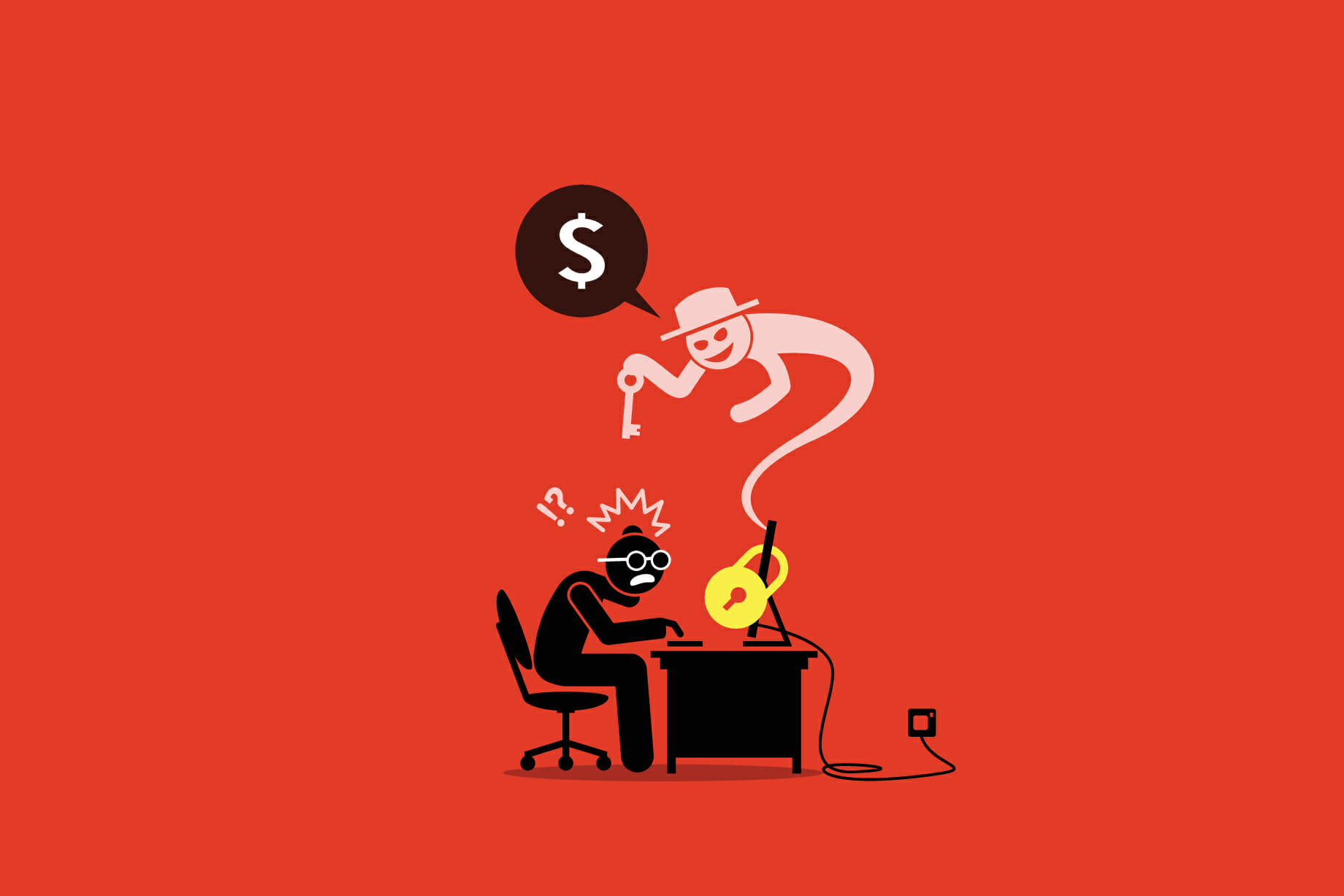Introduction
Our last series of blogs reviewed what Ransomware is, how it is deployed, and the various types of attacks which can occur. Essentially, it is a type of Cyber-attack that can literally lock up your computer screen, all of your mission critical files, and even the data that your company depends upon on a daily basis.
The only way that you can ever hope to recover your files is if you pay a ransom to the Cyber attacker. But, here is the tricky part. Simply paying in hard currency is not enough. It has to be in a Crypto currency like Bitcoin. The reason for this is that by paying up with a virtual currency, the tracks of the Cyber attacker cannot be detected as easily if marked currency was actually used.
In this series, we are going to look at some of the ways as to how you can protect your business from a Ransomware attack.
The Top Tips
1. Always back up your data:
This should be a no brainer, and in fact it is one of the oldest mantras in the word of Cyber security. There are various methods in which you can back your data. For instance, you can have both an on premises and off premises solution. In fact, depending upon the size of your data and files, it is recommended that you have both. With the former, it is highly recommended that you keep this backup in a different physical location, and with the latter, using the Cloud is the prime choice. Equally important is to make sure that you back up all of your mission critical files on at least a daily basis, if not more. So, if you ever do become a victim of a Ransomware attack, all you have to do is just procure another computing device(s) and restore your files from backup.
2. Do not open up any suspicious links or attachments in your E-Mail:
Believe it or not, sending out a Phishing E-Mail is still one of the most favored techniques of the Cyber attacker. Therefore, as it has always been said, do not click on any suspicious links or open any kind or type of E-Mail attachment that you are not expecting to receive. Be especially careful of those file extensions that end with .DOC, .PPT, and .XLS. In this regard, it is also important to keep in mind, that a Cyber attacker will very often use the name and E-Mail address from an individual in your electronic address book, in an attempt to make the fake E-Mail look legitimate. If you receive an E-Mail like this (in other words, not expecting it), always contact the sender to confirm if he or she has actually sent this E-Mail or not. If they did not, delete it immediately!!! This also goes for those pop-up messages that appear in your web browser. They often make use of scare tactics so that you will be tempted to click onto the link that is embedded into them. Very often, these links contain the Ransomware .EXE files which will very quickly find their way into your computer if clicked on.
Conclusions
Our next blog will examine the other ways in which you can protect your business from a Ransomware attack.


